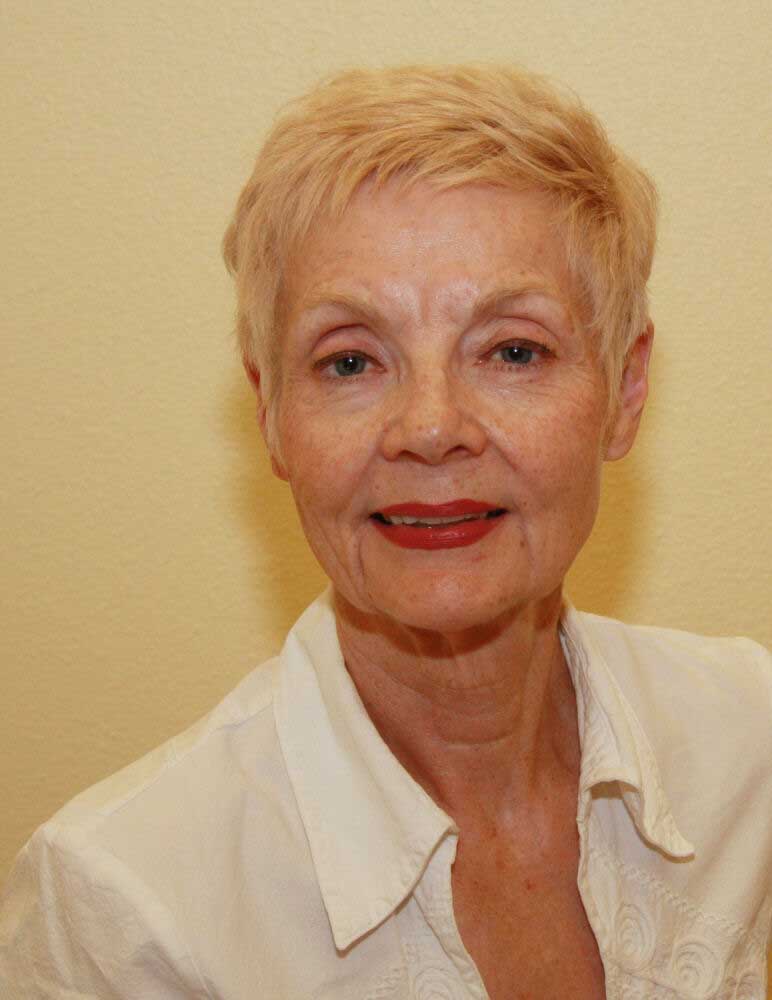Guest column: Neighborhood associations are a great avenue for Bend involvement
Published 9:15 pm Tuesday, August 17, 2021

- Storm
When my husband and I were considering Bend as a new home, we researched how Bend residents participate in local government and learned there were neighborhood associations that had a similar role to the community councils in Anchorage, Alaska, where we had both been active. Neighborhood associations (NA) are not like homeowner associations (HOA). NAs don’t make rules or create covenants about what color one can paint one’s house.
NAs are a vehicle for communications between the city and its residents. They host meetings with local officials so residents can obtain information firsthand. They publish newsletters and websites and Facebook pages to keep neighbors informed. Membership is free to any resident or business owner. All one need do is register with the respective NA. Sometimes an NA can be influential as when Boyd Acres NA nominated its land use chair to the Juniper Ridge Advisory Board, which recommended updates in the Juniper Ridge plan.
These organizations also do community building activities. Orchard District sponsored an Open Streets fair a few years ago. Century West NA organized Fire Free training. Boyd Acres sponsored an Arbor Day program at an elementary school. Some NAs sponsor weed pulls and other beautification activities.
After purchasing a home in northeast Bend, I joined the Boyd Acres Neighborhood Association (BANA) and shortly became involved. BANA is one of the 13 NAs formed by the city around 2001. Each NA has a City Council member assigned to it as a liaison and a budget for communications based upon the number of tax lots within its boundaries.
Eventually I served as the representative to the Neighborhood Association Round Table (NART) a loose confederation of NAs that met monthly in city hall to hear city official’s latest news and voice concerns. The city manager attended and would share council goals and policies with the NA leadership. The round table does not make rules either. It serves as a place for NAs to share best practices and ideas for how to serve members and to collaborate on training.
About the time Casey Roats served as mayor, he proposed a new organization as an alternative to NART; a city-sponsored committee that would, “provide a direct and continuing means for neighborhood associations’ participation and input to the City Council from a neighborhood and community perspective.”
Discussions as to whether such a committee was a good idea and how it would operate went on for some time. A half dozen members researched similar committees in other communities across the country. They began to flesh out how a committee might serve the interests of the residents and to draft a charter. What resulted was the Neighborhood Leadership Alliance (NLA). It consists of one representative from each NA. Although the NART proposed alternate positions to allow for continuity, legal staff vetoed that idea. If a neighborhood loses its NLA representative for any reason, it cannot participate until a new member is confirmed by the mayor.
The NLA meets at least monthly and has committees to work various issues, such as notification of residents when development is proposed. The workload has been significant and there are many more meetings. One committee is developing a public participation guide. The NLA has staff support and a budget as do other city committees. Meetings are open to the public even during the pandemic when Zoom was used to allow observation and participation.
Bend does have avenues for resident involvement. With all the changes occurring at this time, it is important that each and every one of us take advantage of these organizations to voice our opinions and concerns and help generate ideas for preserving the friendly, helpful culture of Bend.
Do you have a point you’d like to make or an issue you feel strongly about? Submit a letter to the editor or a guest column.






